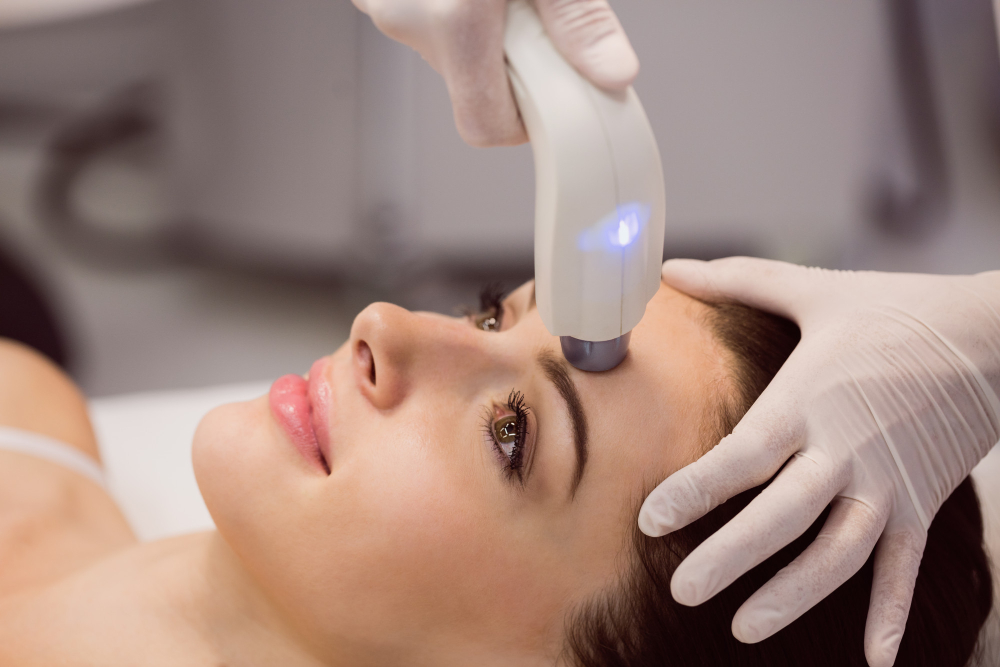Ablative lasers are among the most intensive laser treatments(العلاج بالليزر), used to remove the top layers of damaged skin. They are highly effective for addressing deep wrinkles, scars, and uneven skin texture. Popular types include CO2 lasers, known for their precision, and Erbium lasers, which provide a gentler alternative. While the downtime for these treatments can be longer, the results are often dramatic, revealing smoother, more youthful skin.
Non-Ablative Lasers for Minimal Downtime
Non-ablative lasers work by heating the deeper layers of the skin without damaging its surface. They stimulate collagen production, making them ideal for improving skin tone, texture, and fine lines. These lasers, such as Nd:YAG and diode lasers, are perfect for individuals seeking gradual improvements with little to no recovery time. Consistent sessions are key to achieving and maintaining desired results.
Fractional Lasers for Targeted Treatment
Fractional lasers are a versatile option that can be either ablative or non-ablative. They treat only a fraction of the skin at a time, leaving surrounding areas untouched. This approach speeds up recovery while effectively addressing issues like acne scars, sun damage, and stretch marks. Fractional treatments provide noticeable improvements with fewer risks and shorter downtime compared to fully ablative options.
Pulsed Dye Lasers for Vascular Issues
Pulsed dye lasers are specifically designed to treat vascular skin concerns, such as broken capillaries, rosacea, and redness. They target blood vessels under the skin’s surface, reducing discoloration without affecting surrounding tissue. These lasers are gentle and generally well-tolerated, making them suitable for sensitive skin. Results are often visible after a few sessions, with minimal side effects.
Q-Switched and Picosecond Lasers for Pigmentation
Q-switched and picosecond lasers are popular choices for treating pigmentation issues, including freckles, melasma, and age spots. These lasers deliver short bursts of energy to break down pigment particles in the skin, which are then naturally eliminated by the body. They are also effective for tattoo removal. With their precision and safety, these lasers are suitable for all skin tones when used with appropriate settings.
Intense Pulsed Light (IPL) for Versatility
Though technically not a laser, intense pulsed light (IPL) is a widely-used light-based treatment. It addresses multiple concerns, such as pigmentation, redness, and hair removal. IPL emits a broad spectrum of light, targeting different layers of skin to deliver comprehensive results. This treatment is ideal for individuals looking for a non-invasive option with minimal downtime, though it may require multiple sessions for optimal effects.
Conclusion
Understanding the different types of laser treatment(العلاج بالليزر) is essential for choosing the right one for your needs. Each laser offers unique benefits, catering to various skin concerns and goals. By identifying your specific requirements and considering factors like recovery time and treatment intensity, you can select the most effective laser option for achieving healthy, radiant skin.






Comments